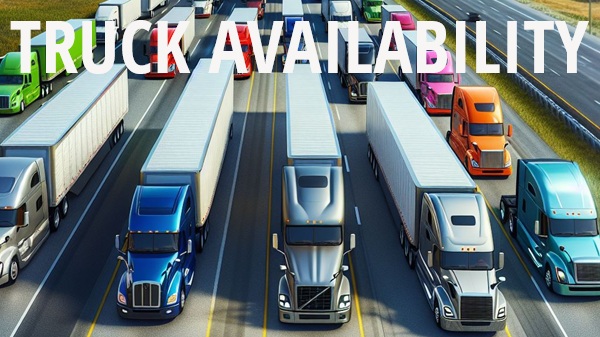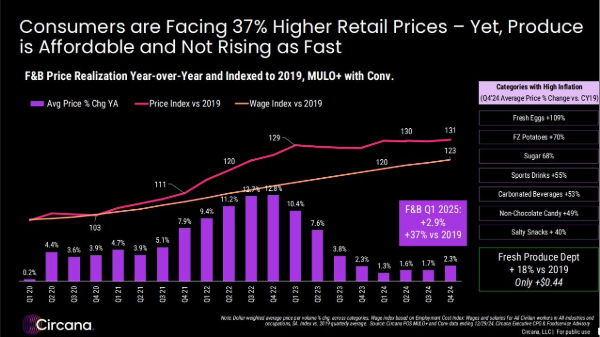Welcome to Blue Book!
Are you ready to join the thousands of companies who rely on Blue Book to drive smarter decisions? View our plans and get started today!
Still have questions? We’d love to show you what Blue Book can do for you. Drop us a line– we’ve been waiting for you.

Courtesy Inteligistics
The produce industry is at a crossroads. While other sectors race ahead with data-driven real-time technologies and digital transformations, many produce companies and their supply chain partners still rely on outdated processes, disconnected systems, and limited supply chain visibility.
In a new era where precision, speed, and transparency are everything, this reluctance to adapt is no longer sustainable.
Although some industries have fully embraced real-time data sharing and digital transformation, the produce industry continues to face longstanding challenges: deep-rooted mistrust between suppliers and buyers, limited resources, legacy technology, siloed systems, and poor decision-making based on incomplete or outdated information.
The problem is no longer about whether solutions exist, as we have robust, affordable, and proven technologies readily available to address every link in the supply chain—from harvest to transportation to retail. What’s lacking is a clear, strategic commitment from leadership.
Data capture and data sharing must become a top-down priority. Without executive sponsorship, cross-functional alignment, and defined objectives, even the best technologies will underdeliver.
Transformation isn’t just about implementing new tools—it’s about reshaping how a company operates, collaborates, and measures success. Without that commitment, your ability to scale, respond to disruptions, and compete in today’s marketplace will be severely compromised.
This lack of data sharing has evolved beyond a technology issue—it’s now a competitive risk. Companies that fail to modernize are not just missing opportunities—they’re actively falling behind.
Today’s supply chains demand agility, accountability, and real-time insight. From field to shelf, stakeholders must have access to key metrics in order to understand where a product is, what condition it’s in, and what corrective actions—if any—are needed.
Businesses now operate with Amazon-like expectations: faster delivery, real-time status updates, and complete digital traceability. Customers expect to know the condition of their shipments, down to the case level, at any moment. This isn’t a luxury anymore—it’s a baseline requirement.
The government is also raising the bar. While the enforcement of FSMA 204 was recently delayed until July 2028, the data and traceability requirements remain intact. And when enforced, they will carry substantial compliance demands.
The message is clear: more oversight is coming, and those without a strong digital infrastructure will struggle to keep up.
In this new landscape, data is King and visibility is power. We have the technologies available to capture the data. We have the tools available to analyze the data.
We now have to begin using these tools as the marketplace of this era won’t wait. Retailers, consumers, regulators, and competitors are moving quickly. If you’re not using data to drive better outcomes, someone else is—and they’re already pulling ahead.








